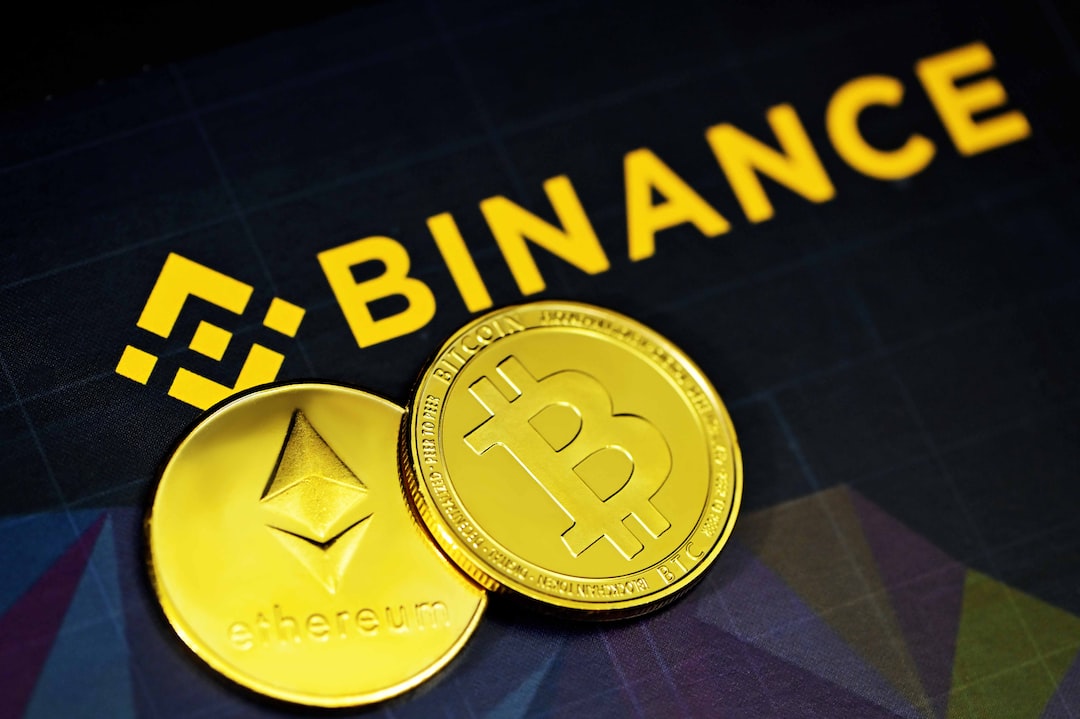The Potential Impact of a Spot Bitcoin ETF on Crypto Exchanges
While awaiting the approval of a spot Bitcoin (BTC) exchange-traded fund (ETF) in the United States, some analysts warn of potential consequences for cryptocurrency exchanges. It is predicted that a spot BTC ETF could start trading in early 2024, which, combined with Bitcoin’s fourth halving in April, could drive BTC to $100,000. Some even believe it could reach $1 million. However, ETF Store president Nate Geraci and Bloomberg ETF analyst Eric Balchunas express concerns for centralized cryptocurrency exchanges (CEX).
A “Bloodbath” for Crypto Exchanges
Geraci suggests that a spot Bitcoin ETF in the US would be a “bloodbath” for crypto exchanges. He explains that retail spot Bitcoin ETF traders would benefit from institutional trade execution and lower commissions compared to retail users of exchanges. Balchunas highlights that a spot Bitcoin ETF would cost 0.01% to trade, while exchanges like Coinbase charge up to 0.6% depending on factors like cryptocurrency and transaction size.
Increased Price Competition
A spot Bitcoin ETF would introduce more price competition in the crypto industry and potentially redirect funds from exchanges back to investors. Balchunas believes this would impact exchanges’ revenue from high fees and advertising expenses, describing it as the “last ‘Crypto Super Bowl'”. Coinbase, for example, earned $2.4 billion in transaction fees in 2022 but has been diversifying its revenue streams to reduce reliance on fees.
Hot Take: The Changing Landscape for Crypto Exchanges
The potential approval of a spot Bitcoin ETF in the US could have significant implications for centralized cryptocurrency exchanges. As retail traders turn to ETFs for lower costs and improved execution, exchanges may face intense competition and reduced revenue. This shift highlights the need for exchanges to adapt their business models and explore alternative income streams. While the ETF’s impact on Bitcoin’s price remains uncertain, its potential effect on the exchange landscape is undeniable. Exchanges must prepare for a changing market where cost-efficiency and institutional-grade services are paramount.





 By
By
 By
By
 By
By
 By
By
 By
By
 By
By